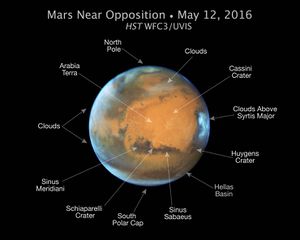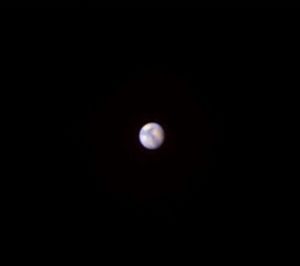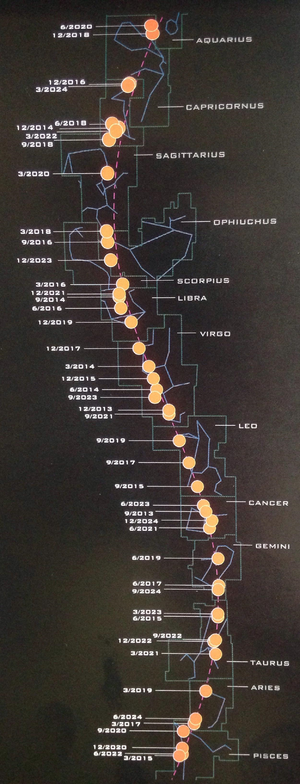Observing Mars with a Telescope
volunteer for The Mars Society
It is licensed under Creative Commons BY-SA 3.0 and may be freely shared, but must include this attribution.
Mars constitutes the only planet in the solar system with surface features easily distinguishable from Earth—of the inner planets, Mercury’s small size and proximity to the sun make viewing exceptionally difficult, while Venus’ surface hides behind a thick layer of clouds.[1] As such, Martian surface features have long captured the imagination of astronomers, even helping lead to the longstanding popular belief of its inhabitation by extraterrestrial civilization. In 1877, Italian astronomer Giovanni Schiaparelli began mapping areas on Mars, including long, dark lines he named “channels”, or “canali."[2] Mistranslations of this word to English “canals” along with his own observations encouraged American Percival Lowell to theorize that these dark lines were the work of intelligent beings attempting to irrigate their dying planet.[3] Although these lines were soon after revealed to be an optical illusion resulting from the mind’s attempts to connect dark areas at the extent of its vision,[4] even amateur astronomers can make out a variety of other surface features with the aid of a telescope.
When can Mars be seen?
Timing plays an essential role in viewing Mars from Earth. The differing orbits between the two planets mean that Mars enters opposition—that is, the point where it and Earth are on the same side of the Sun and therefore at their closest approach—once every 26 months.[1][5] For the majority of the year, Mars appears fairly small in the sky, although not so small that it is invisible to the naked eye. During a window of several months before and after opposition, however, it appears brighter and large enough to make out surface features with the help of a telescope.[1]
- ↑ 1.0 1.1 1.2 Landers, Z. (2019, June 15). Viewing Mars With Your Telescope—Extensive Guide. Retrieved September 15, 2019, from Telescopic Watch website: https://telescopicwatch.com/viewing-mars-with-telescope/
- ↑ Canright, S. (2009, April 13). NASA - The “Canali” and the First Martians [Learning Materials]. Retrieved September 15, 2019, from NASA website: https://www.nasa.gov/audience/forstudents/postsecondary/features/F_Canali_and_First_Martians.html
- ↑ Milner, R. (2011, October 6). Tracing the Canals of Mars: An Astronomer’s Obsession. Retrieved September 15, 2019, from Space.com website: https://www.space.com/13197-mars-canals-water-history-lowell.html
- ↑ Evans, J. E., & Maunder, E. W. (1903). Experiments as to the actuality of the" Canals" observed on Mars. Monthly Notices of the Royal Astronomical Society, 63, 488-499.
- ↑ Sparrow, G. (2013). Constellations: A Field Guide to the Night Sky (First). Quercus.











